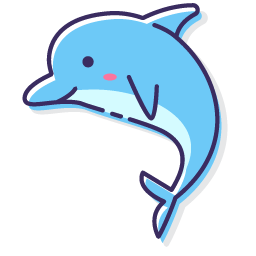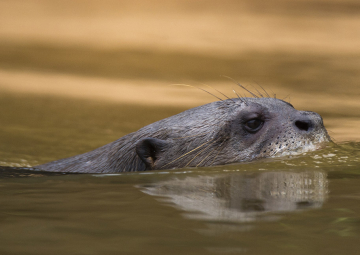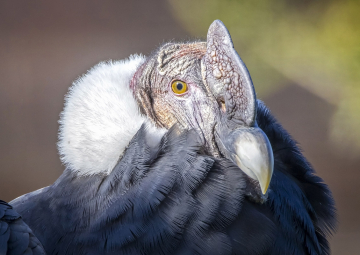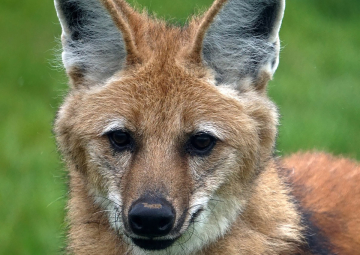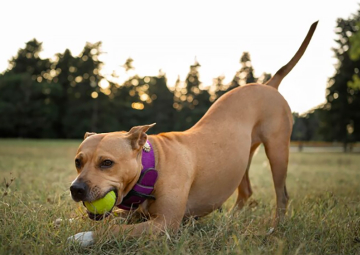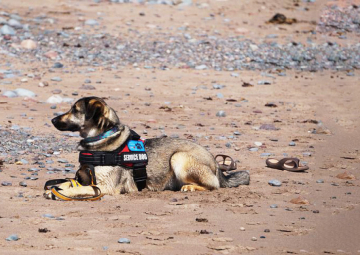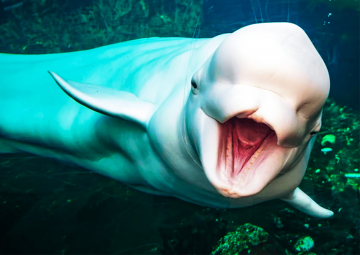THEORY
The KGS is not a Russian security committee
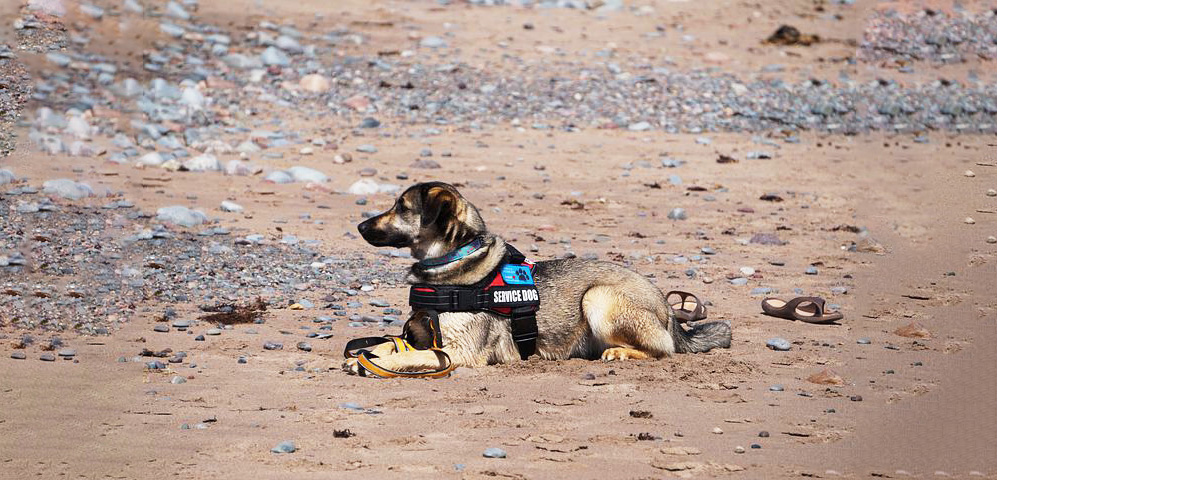
In this article we will talk about what is known as the KGS or the Keep Going Signal.
It is a concept that, despite not having an official definition or that has been described scientifically, we did not want to overlook.
It is a popular definition that is used in some training programs and specific cases. Therefore, it is not easy to find references; the most we have found when we read articles are by Bob Bailey, Ken Ramirez or Karen Pryor.
Bob Bailey himself defines it as "a concept in which the animal gives you the behavior to receive the cue".
The KGS is a reinforcement system that encourages or reminds the animal to keep going the right way in order to obtain the reinforcement, and it can be conditioned to create or maintain a long duration and high level of effort in a behavior.
Sometimes it is called a secondary bridge or tertiary reinforcement because the signal acquires its meaning by association with a secondary reinforcement (the bridge).
The problem is that the signal does not always carry a reinforcement and by definition, the bridge and reinforcement must reinforce it.
Just so we understand it better, a great example of a tertiary reinforcer that Ken Ramirez himself cites is a poker chip.
The poker chip is reinforced by its value in money (which for us is a secondary reinforcer), and money is reinforced by food, drink or other basic human needs that act as primary reinforcers.
Its definition and application is a very controversial issue due to the easy confusion we can find with the intermediate bridge.
While both concepts indicate the animal "going well, going the right way," the KGS is just a reminder that encourages the animal to continue the behavior, and if it continues like this, it may receive a primary, secondary reinforcer, or the opportunity to perform another behavior, which, as you know, may (or may not) be reinforced.
While the intermediate bridge has a stronger feature and gives the animal continued and repeated information about the steps it must take to get the bridge, something similar to how the game works would be "hot or cold".
We find the use of the KGS especially in the field of guide dogs, search and rescue, and in military applications (to guide an animal from one place to another even when the animal has never been in that place before).
Where, for example, a dog moves in the right direction while ringing a tone on a device, which can be worn in a harness or on a collar. When the tone stops, the animal must stop or change direction, and even in certain medical, research or long duration behaviors.
An example of the KGS with a sea lion laying for a long time to perform a medical test, and we call "stay" or "good", but the animal must maintain the position until the behavior ends.
An example of the intermediate bridge would be as the animal gets closer to the behavior we want, we would repeat for example the word "good" continuously and repeatedly in a burst mode to indicate the animal is on the right way, until he finally gets the desired behavior and that’s when we would perform our usual bridge.
To condition a KGS we should reinforce a neutral stimulus such as a word, a caress, a gesture, a light, a sound...to associate that secondary reinforcer with the tertiary or KGS.
In addition, we can passively use the desired KGS just before the bridge and gradually increase the time between the KGS and the bridge.
The disadvantages of the KGS is that it can take a long time to train, it is only recommended for long duration behaviors and it would not be advisable to use it in a team where there are many beginner trainers.
It is a signal that can easily weaken from overuse and is not necessary if we have made the necessary approximations when we train a behavior.
In addition, it has other drawbacks, such as that you can inadvertently train superstitious type behaviors, but this time not with the animal, but with the trainer itself. (If you want to know more, you can read the article Silent training).
For example, imagine a group of dolphins performing jumps that stop jumping when we lower our arm and stop presenting the behavior.
It is possible that whenever they perform the jumps, we raise our arm with each jump, and suddenly we find that if we stop presenting the behavior, the animal stops jumping.
This is a clear example of an inadvertently conditioned KGS, since lifting the arm at each jump has become a prompt, a gesture that helps elicit the behavior, in this example for jumps.
It has become, unconsciously, part of the original signal.
It is a concept that we at WeZooit want to mention so that every trainer is familiar with, but in our opinion, we do not consider it an essential training tool in our program - although it is true that we find it useful in some training programs.
And remember, if it’s possible…WeZooit!







